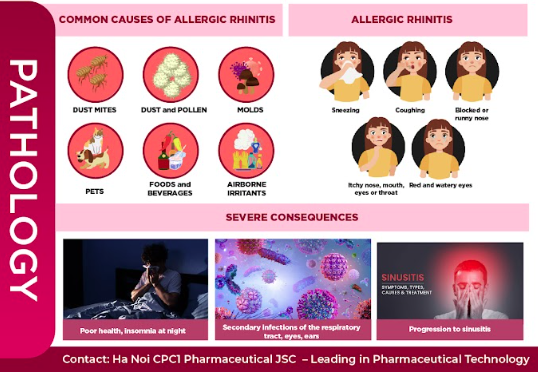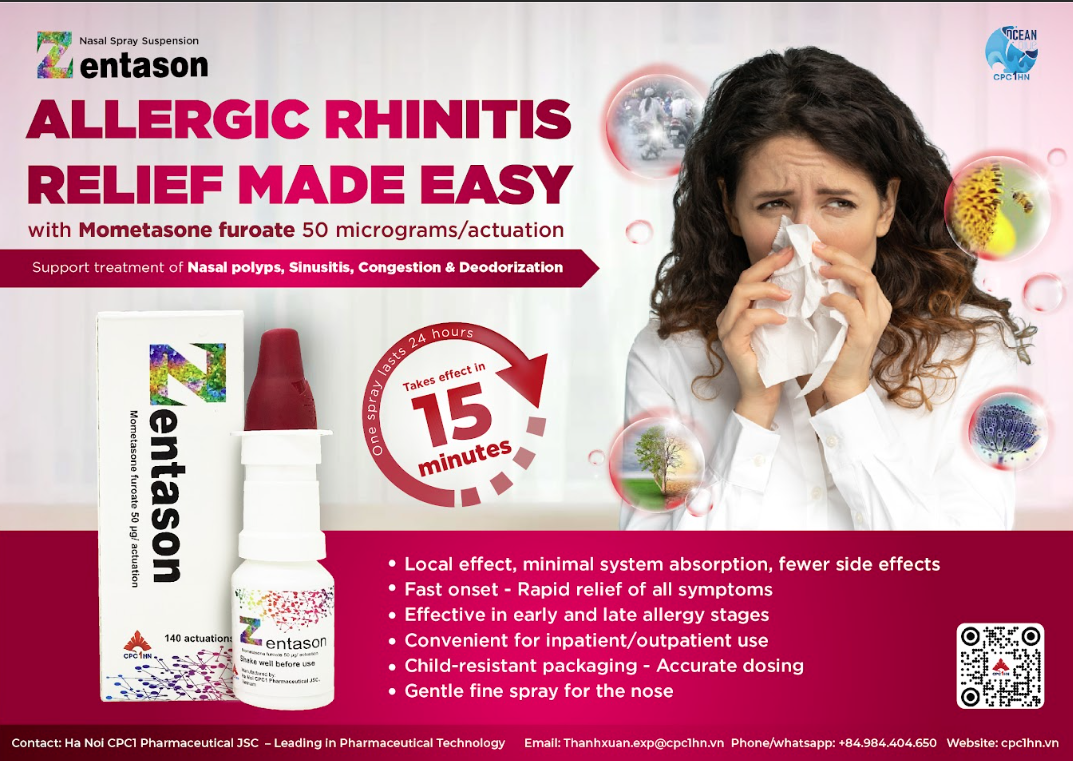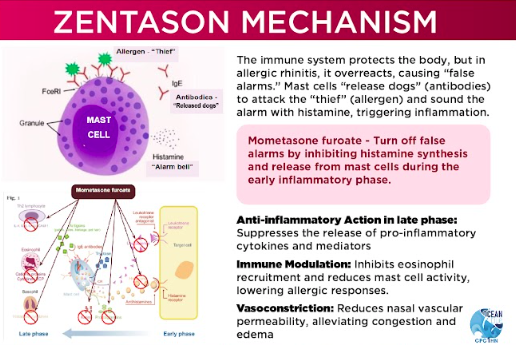What Is Allergic Rhinitis? A Simple Guide From Symptoms to Relief
Whether you're constantly reaching for tissues or battling an endless stream of sneezes, you might be dealing with allergic rhinitis. In fact, this common condition affects millions of people worldwide, making everyday activities challenging for those who experience it. We understand how frustrating these symptoms can be. From persistent sneezing to nasal congestion, allergic rhinitis symptoms can significantly impact your daily life. That's why we've created this comprehensive guide to help you understand what causes rhinitis, recognize its signs, and discover effective ways to find relief.
What Is Allergic Rhinitis? A Simple Guide From Symptoms to Relief
Understanding Allergic Rhinitis Symptoms
Initially, we need to understand how allergic rhinitis symptoms differ from a common cold. While both conditions share some similarities, allergic rhinitis has distinct characteristics that set it apart.
Let's look at the most common symptoms we see in allergic rhinitis:
-
Stuffy or runny nose with clear mucus
-
Frequent sneezing and itching in nose, mouth, or throat
-
Red, watery, and itchy eyes
-
Postnasal drip and coughing
-
Dark circles and puffiness under the eyes

Furthermore, the timing and duration of these symptoms can tell us a lot. Particularly, allergic rhinitis symptoms appear within minutes of exposure to triggers. Unlike a cold that typically lasts 3 to 10 days, allergic rhinitis symptoms can persist for days or even months if left untreated.
Here's how we can tell the difference between a cold and allergic rhinitis:
|
Symptom |
Cold |
Allergic Rhinitis |
|
Fever |
Sometimes |
Never |
|
Itchy Eyes |
Rarely |
Usually |
|
Sore Throat |
Usually |
Rarely |
|
Sneezing |
Usually |
Usually |
Notably, some people experience symptoms seasonally during spring, summer, and early fall, while others face them year-round. These symptoms can significantly impact daily activities, causing decreased concentration, fatigue, and even sleep disorders.
What Triggers Allergic Rhinitis?
Let's explore what actually sets off allergic rhinitis in our bodies. Our immune system reacts to certain triggers, known as allergens, that most people's bodies would normally ignore.
We can divide these triggers into two main categories:
Indoor Triggers:
-
House dust mites and their droppings
-
Pet dander and fur
-
Mold spores
-
Cockroach droppings and saliva
Seasonal vs Year-Round Exposure
|
Trigger Type |
Common Sources |
Peak Times |
|
Seasonal |
Tree pollen, grass, ragweed |
Spring/Summer |
|
Year-round |
Dust mites, pet dander, mold |
Throughout the year |
Moreover, environmental factors play a crucial role. Indoor air pollution, such as secondhand smoke, can substantially increase the likelihood of developing allergic rhinitis. Additionally, climate changes affect how these triggers impact us - higher humidity levels, consequently, lead to increased dust mite populations.
As a result of exposure to specific allergens, our immune system releases histamine, which causes those familiar allergic rhinitis symptoms we discussed earlier. Understanding these triggers helps us develop better strategies for managing our symptoms and creating healthier environments at home and work.
Effective Treatment Options
When it comes to treating allergic rhinitis, timing is everything. We've found that starting treatments 2-4 weeks before allergy season begins works best for preventing symptoms.
Let's look at the most effective treatment options available. Specifically, intranasal corticosteroids are considered the first-line treatment. These medications effectively control nasal congestion, sneezing, and other symptoms when used regularly.
Here are the main medication types we recommend:
-
Antihistamines (both oral and nasal)
-
Nasal corticosteroid sprays
-
Decongestants
-
Cromolyn sodium
-
Leukotriene receptor antagonists
For those seeking relief, it's important to understand how different treatments compare:
|
Treatment Type |
Best For |
Usage Duration |
|
Nasal Corticosteroids |
Overall symptom control |
Long-term |
|
Antihistamines |
Sneezing and itching |
As needed |
|
Decongestants |
Nasal congestion |
Short-term (3 days max) |

Link SP từ web.

Certainly, some people might need more intensive treatment. Nonetheless, remember that these medications treat symptoms rather than cure allergies. Straightaway stopping these treatments typically leads to symptom return, so maintaining consistent treatment is key.
Conclusion
Understanding allergic rhinitis helps us take control of our symptoms rather than letting them control our lives. Though this condition affects millions worldwide, proper identification of triggers combined with the right treatment approach can significantly reduce its impact on daily activities.
Medical treatments like antihistamines and nasal corticosteroids offer effective relief when used consistently. Still, the best defense starts with avoiding triggers through simple changes at home, such as using air purifiers or keeping windows closed during high pollen seasons.
Remember that allergic rhinitis management requires patience and persistence. While we can't cure allergies completely, following a comprehensive treatment plan makes living with them much easier. Starting treatments before allergy season and maintaining them consistently gives us the best chance at keeping symptoms under control and enjoying life to the fullest.
